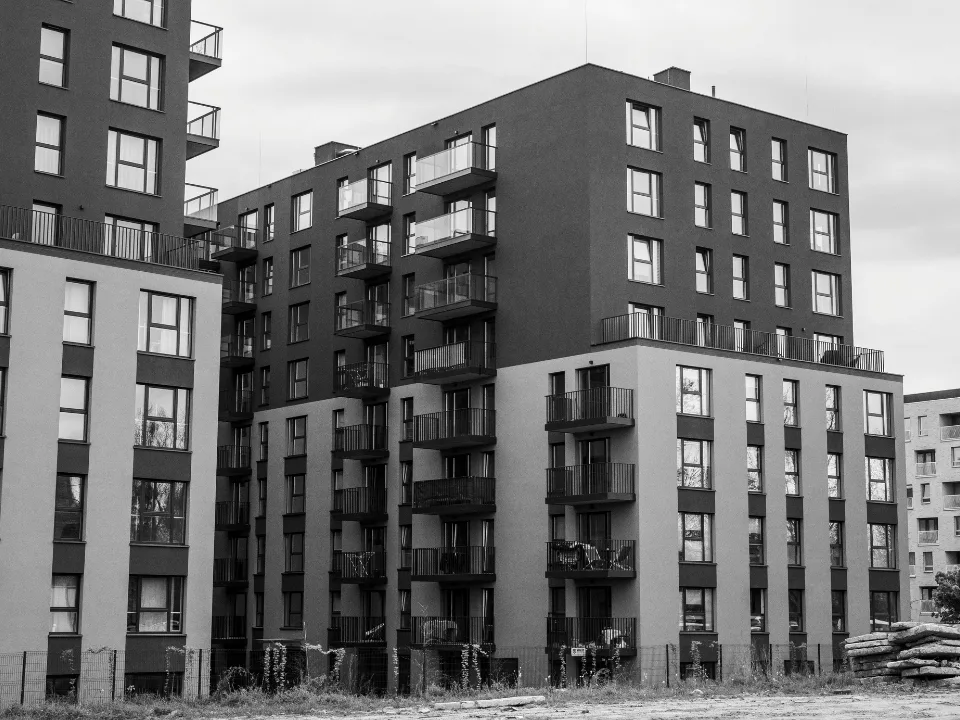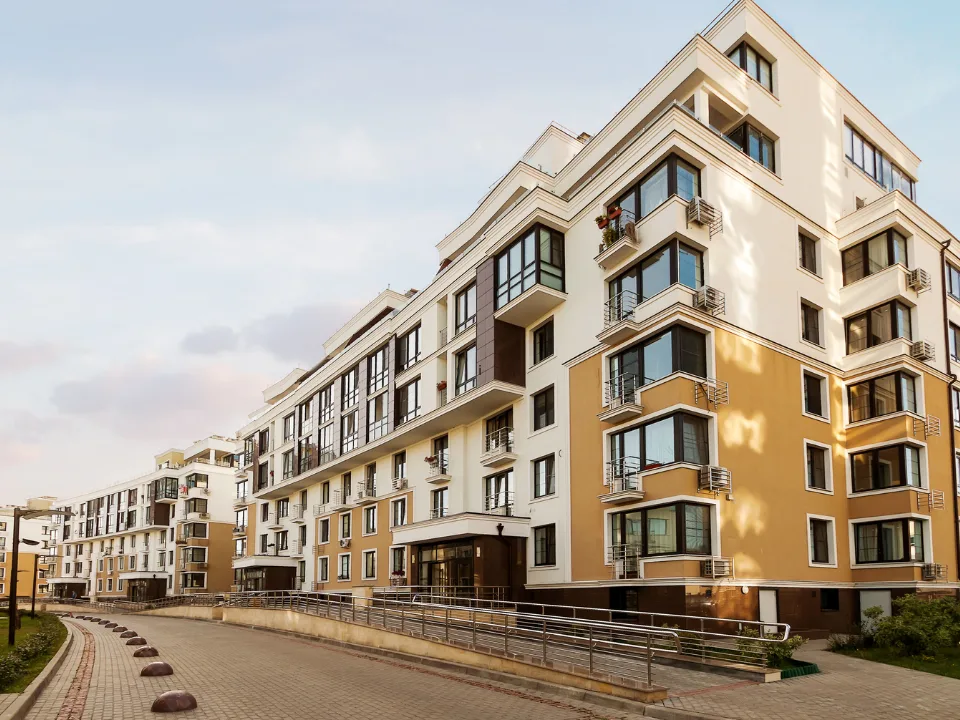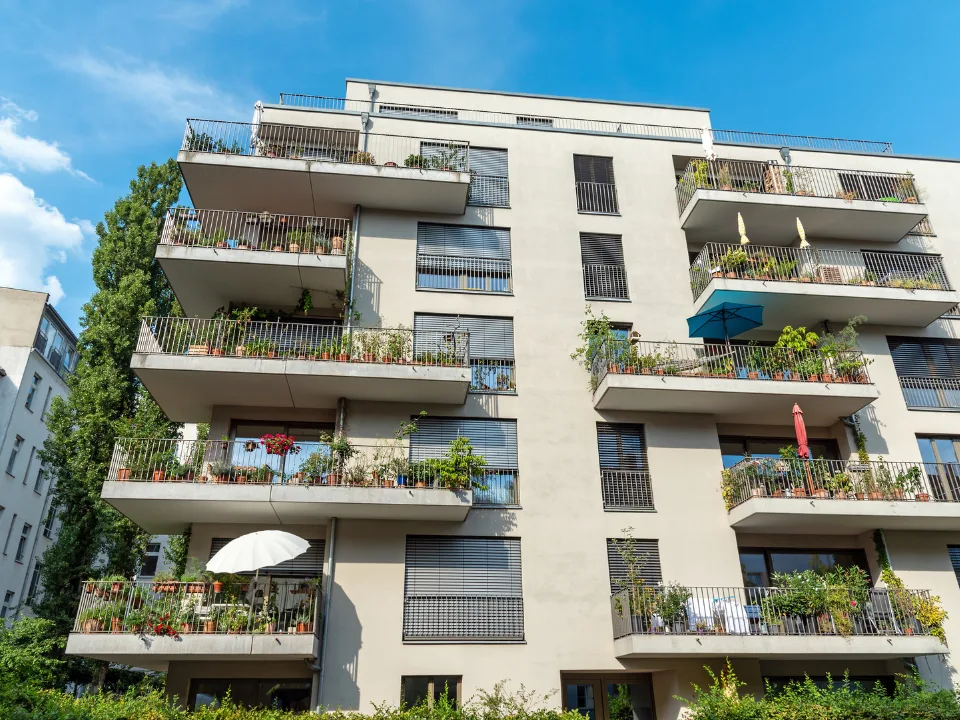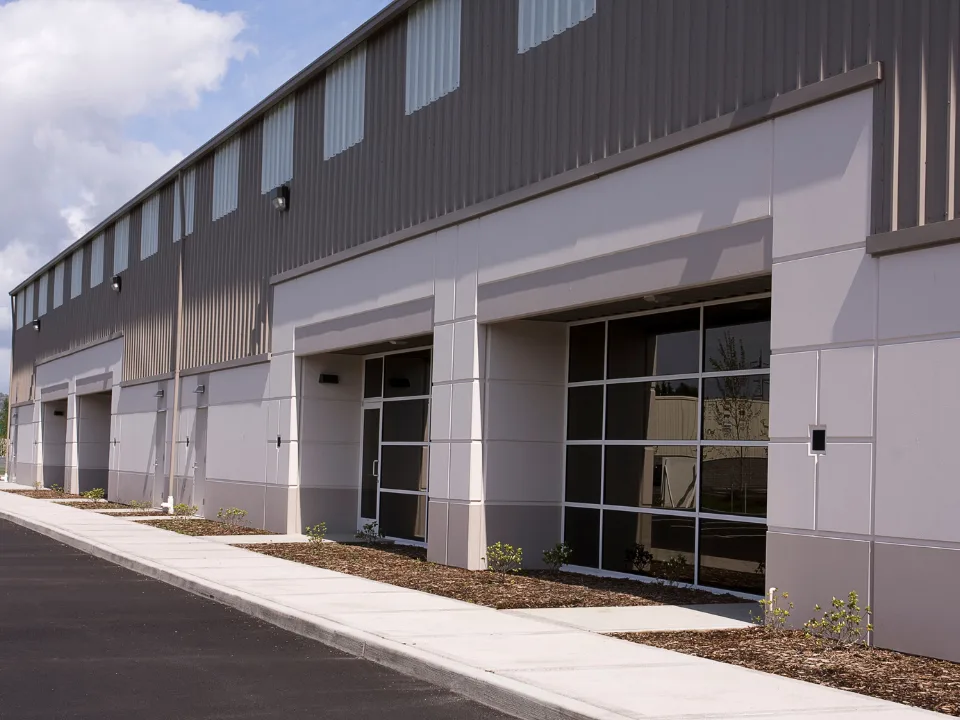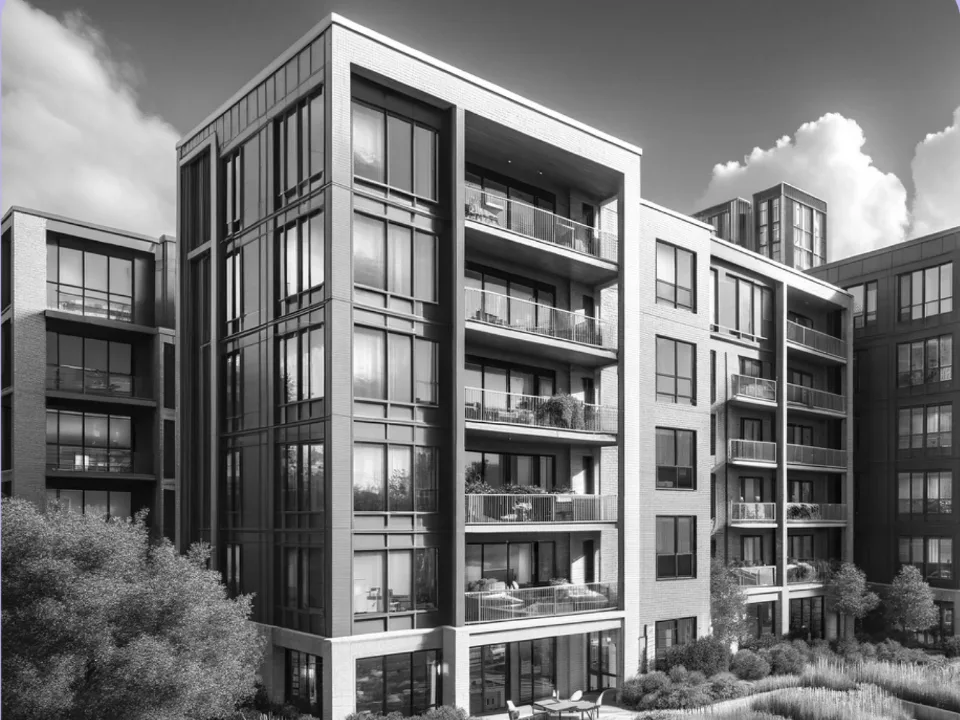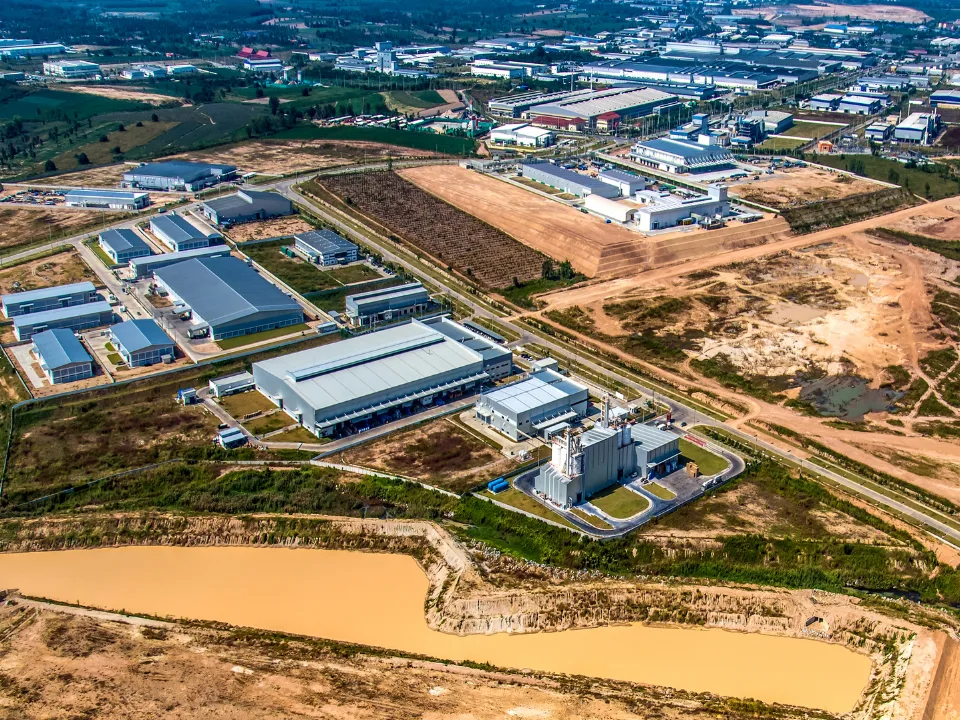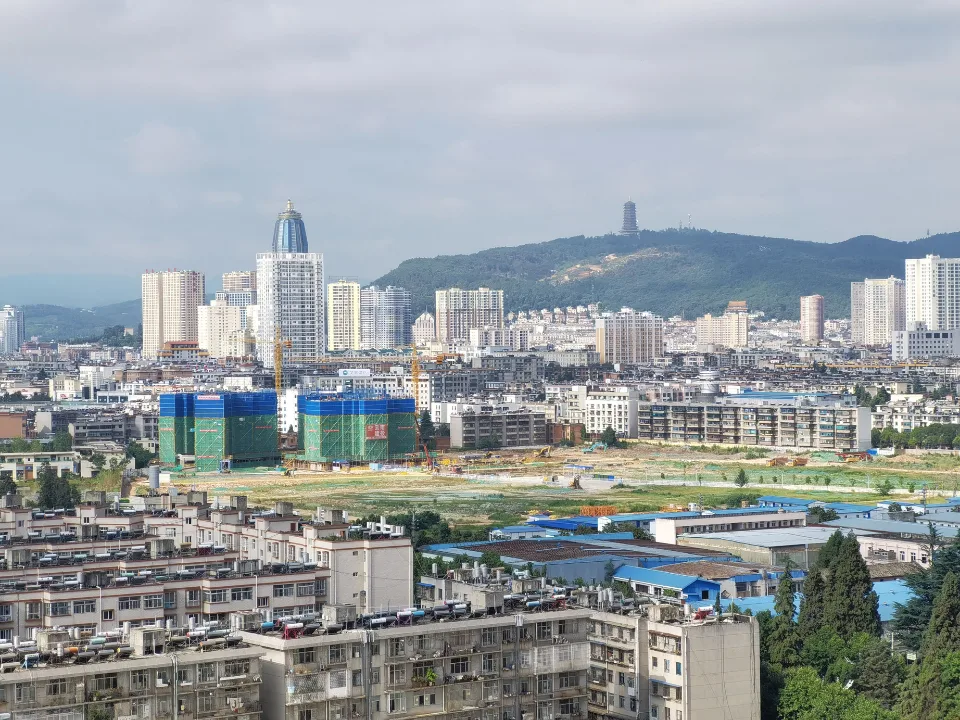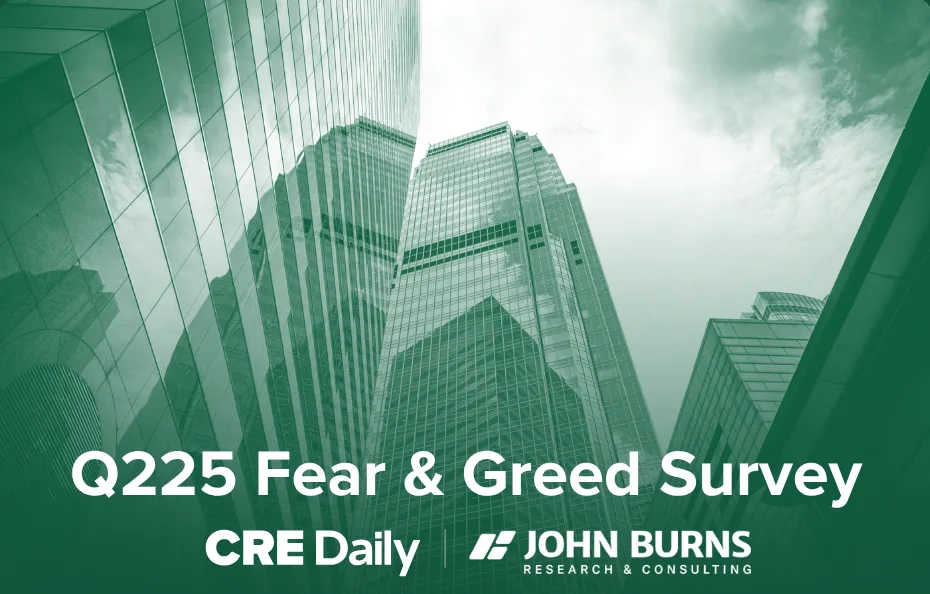- The NYC Rent Guidelines Board proposed a 6.25% rent hike for one-year leases and 9.75% for two-year leases on rent-stabilized units.
- Rising costs—especially insurance, fuel, and utilities—are driving pressure on landlords, with insurance costs up nearly 19% year-over-year.
- Landlords remain skeptical the board will follow its data-driven recommendation and are calling for city intervention on taxes and water costs.
- Experts warn that the RGB process alone may not be enough to sustain older stabilized buildings amid growing financial shortfalls.
A Rare Moment Of Validation
After years of modest rent bumps that failed to keep up with expenses, NYC’s Rent Guidelines Board offered landlords a glimmer of hope Thursday morning, reports The Real Deal. The board’s preliminary recommendation for rent-stabilized apartments called for a 6.25% hike on one-year leases and 9.75% on two-year leases—an acknowledgment of the mounting costs plaguing the city’s aging stabilized housing stock.
That marked a sharp shift from last year’s 2.75% hike, which landlords said ignored data showing a need for nearly 4%.
Reality Check: Operating Costs Are Soaring
This year’s RGB report showed rising costs across all categories, with insurance jumping 18.7%—the biggest increase among them. Fuel and utilities followed with 10.3% and 8.2% jumps, respectively.
“The RGB data is alarming but not surprising,” said Ann Korchak, president of the Small Property Owners of New York. “It reflects what small landlords have been living with for years.”
Get Smarter about what matters in CRE
Stay ahead of trends in commercial real estate with CRE Daily – the free newsletter delivering everything you need to start your day in just 5-minutes
Skepticism Remains
Despite the higher proposed rent hike, landlords remain doubtful the final vote will reflect it. The board’s nine members often vote below recommendations, with public appointees typically siding with rent-burdened tenant concerns over landlord data.
Kenny Burgos, CEO of the New York Apartment Association, emphasized that no one wants to raise rents but said, “This data articulates what those costs are.”
An Unsustainable Model?
The industry’s broader concern is structural. Since the 2019 rent law overhaul, many landlords say the stabilized housing model no longer works under stricter rent limits and rules. Deferred maintenance, lender pressure, and distressed asset sales are becoming more common—even with a proposed rent hike.
After the report’s release, Burgos shifted the focus to city-controlled costs, urging policymakers to reform property tax and water rate structures that disproportionately affect stabilized building owners.
A Call For Policy Intervention
At a recent RGB session, NYU’s Furman Center said older stabilized buildings may need solutions beyond the current board process.
“The shortfall may need to be dealt with outside of the RGB process,” concluded the center’s Senior Policy Fellow, Mark Willis.
What’s Next
The RGB will vote this summer on rent increases for about 1M of the city’s rent-stabilized apartments. Landlords, citing deepening distress, are preparing for relief through City Hall if the board fails to deliver needed hikes.
